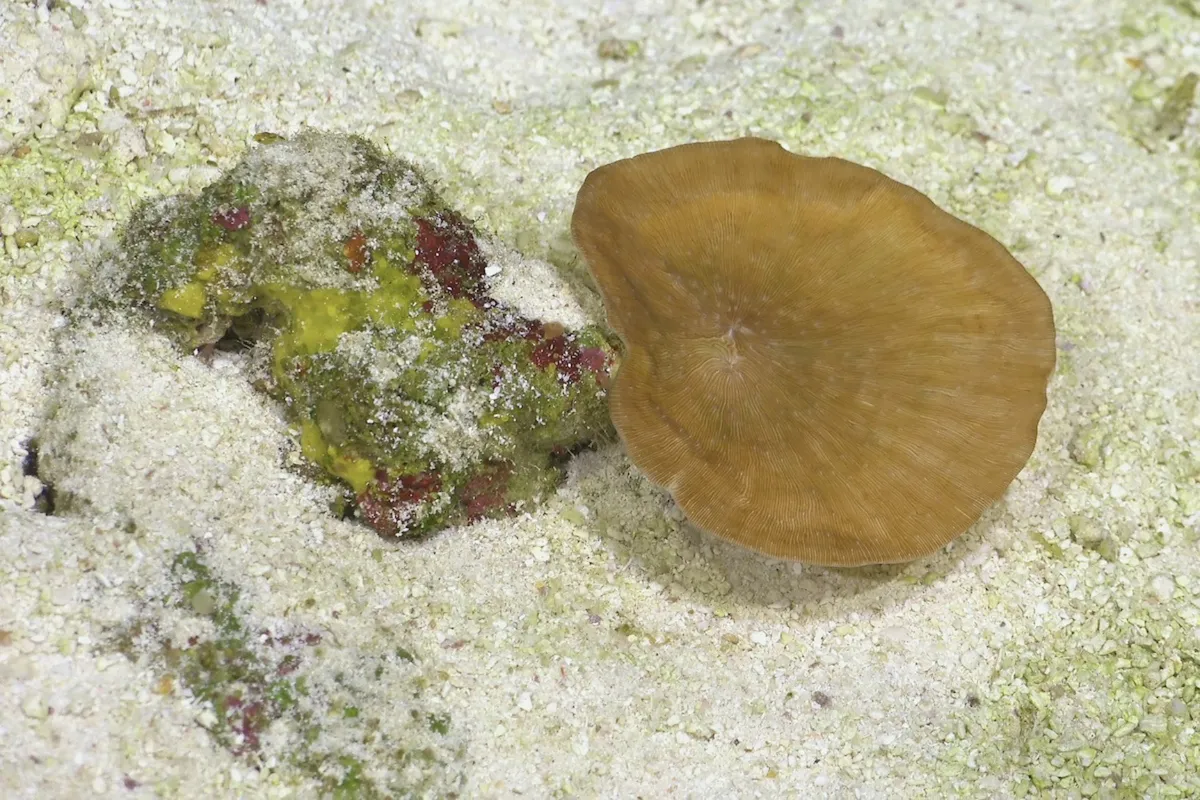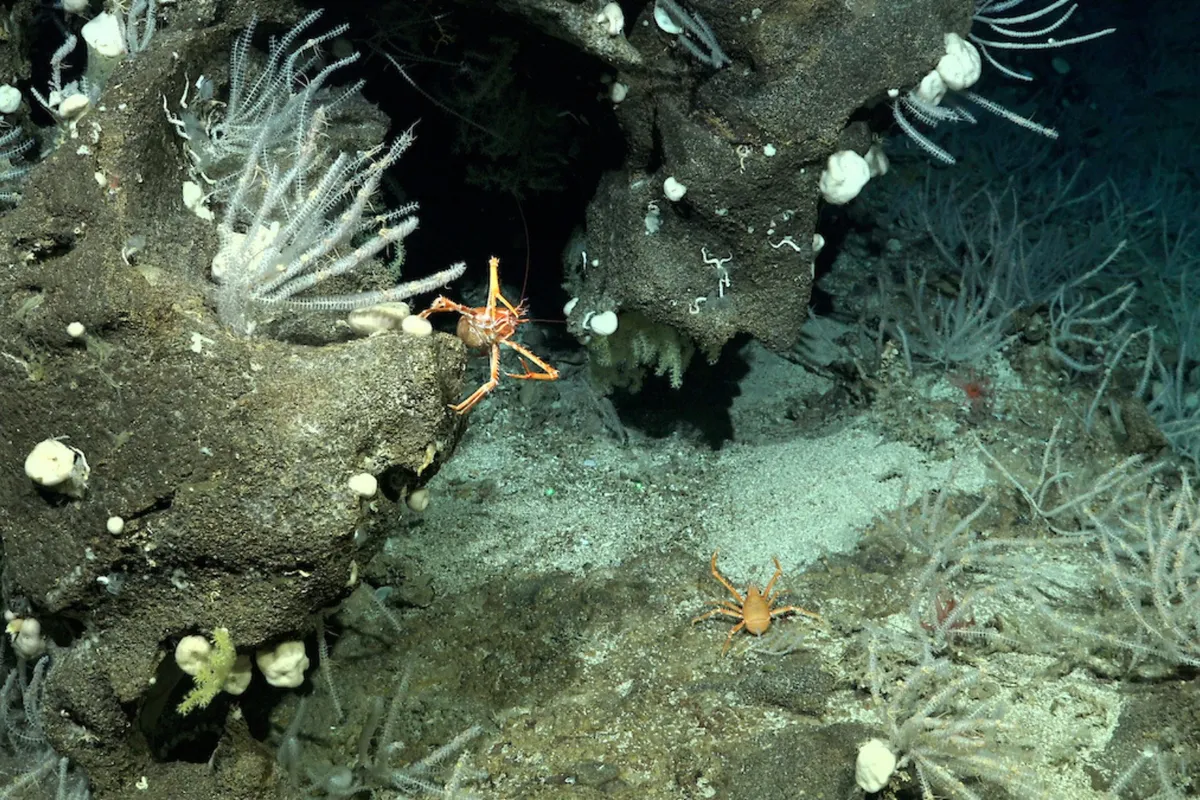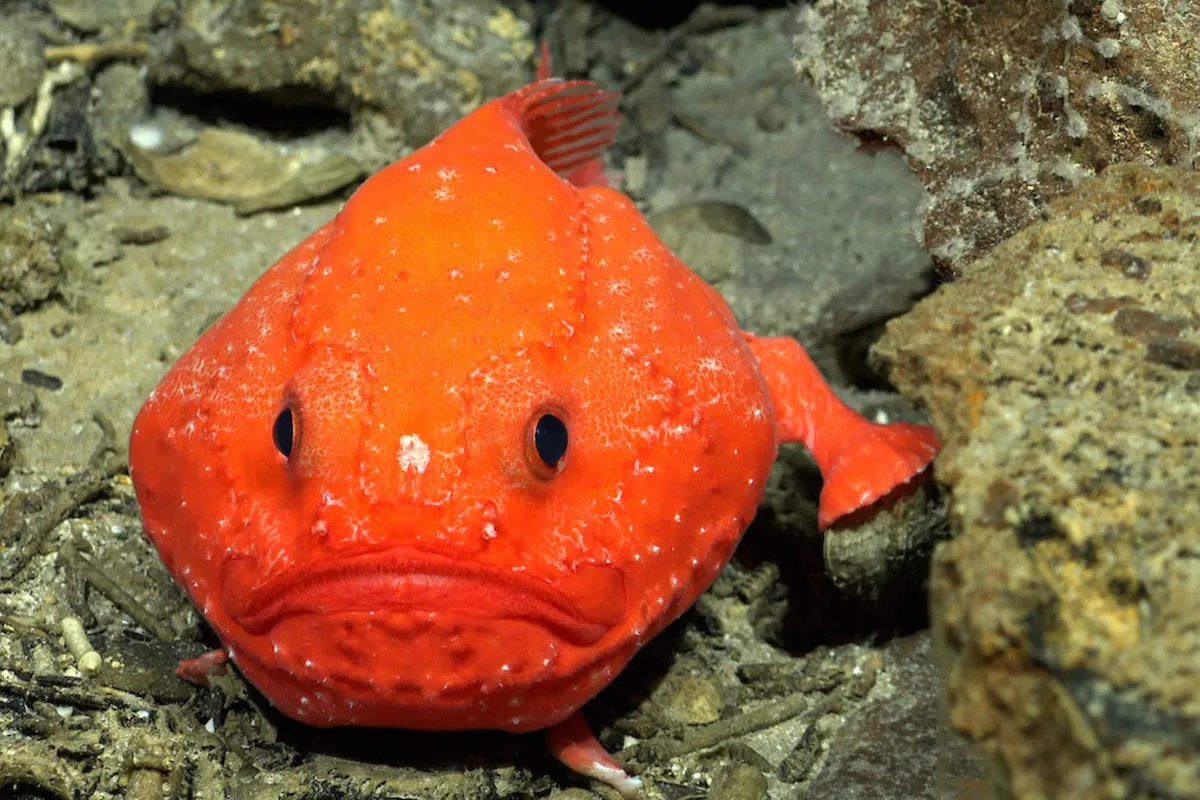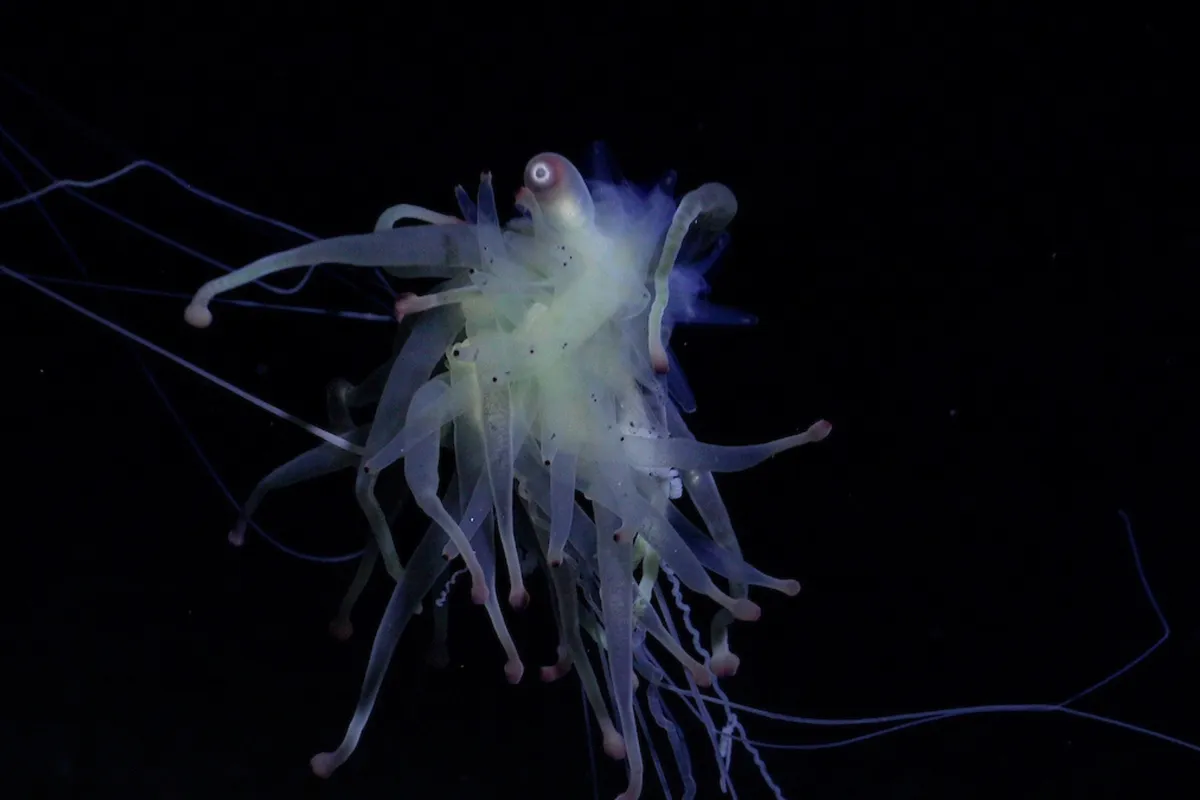Scientists have spotted the deepest known photosynthesising coral – a Leptoseris, also known as a wrinkle coral – at the Salas y Gómez Ridge off the coast of Chile.
During the same expedition onboard the Schmidt Ocean Institute’s R/V Falkor (too), they also found at least 50 species that might be new to science.
The researchers collected wrinkle corals from three sites: an unnamed seamount (176 metres deep), Pukao seamount (182m) and Motu Motiro Hiva (197m) – 15m deeper than it had previously been found.
“Basically, at these depths, the ROV pilots could turn off all ROV lights and still have light to see with the whole environment appearing in different shades of blue to black, especially if they adjusted the camera ISO settings,” says Chief Scientist Dr. Erin E. Easton of the University of Texas Rio Grande Valley.

Corals are animals that have a mutually beneficial relationship with a type of algae called Zooxanthellae.
The algae live inside the tissue of the coral polyp for protection and, in return, provide their host with nutrients which they create through photosynthesis – a bit like if you let a friend stay at your house if they promised to cook you dinner every day (and maybe redecorate: Zooxanthellae are also the reason corals are brightly coloured).

The Salas y Gómez Ridge is not just a haven for these corals but is rich in biodiversity, which can quickly change in just metres.
“It is like driving down a dark street at night, making a turn, and seeing a whole different world,” says Easton.

During the expedition, scientists observed 160 species – including squid, fish, corals, molluscs, sea stars, sea urchins, crabs and squat lobsters – with 50 of those likely to be new to science.
The high number of potential new, endemic species might be to do with the isolated nature of the chain of seamounts. “Connectivity among seamounts could be more limited, allowing time for species to evolve in isolation,” explains Easton.
“The environmental conditions change notably over its range,” she adds – the region is high-nutrient and low oxygen in the east and ultra-low nutrients and high oxygen in the west – “possibly leading to evolutionary changes and evolution of new species over geologic time.”

Gathering data on the many different animals living in this region – which is also important for migratory species, such as sharks, tuna and whales – is important in supporting the management and potential expansion of marine protected areas, in particular around Rapa Nui.
“Discovering new species, and so many of them, highlights how much more we have to learn about our oceans and raises so many questions that need answers for effective management and sustainable use of our marine environment,” says Easton.

Main image: A galaxy siphonophore observed during Dive 672 along a transect on the northern flank of Motu Motiro Hiva, an uninhabited island along the Salas y Gómez Ridge. Motu Motiro Hiva is surrounded by the southwesternmost shallow coral reefs of the Polynesian Triangle. The dive started at ~1200 m depth and traveled upslope to ~190 m. The island is located near the western extent of the Salas y Gómez Ridge off the coast of Chile. Credit: ROV SuBastian / Schmidt Ocean Institute
You may also like:
- Mesmerising photo of baby octopus celebrated in LCE Photographer of the Year 2024
- 100 new ocean species discovered off the coast of New Zealand
- Scientists have developed an amazing new technique to restore coral reefs
- Giant prehistoric sea lizard with dagger-like teeth discovered in Morocco
- Incredibly rare giant turtle with a face like a frog found in India's tropics